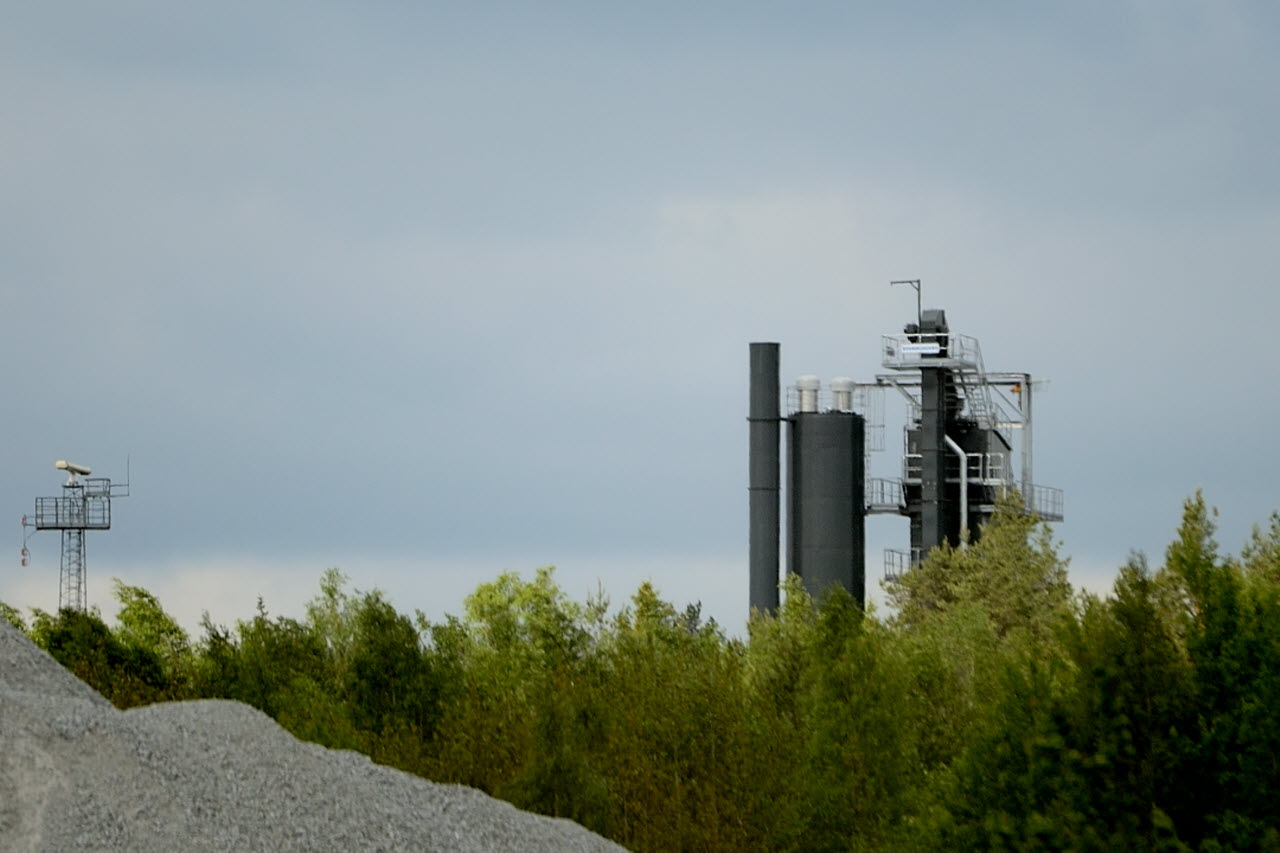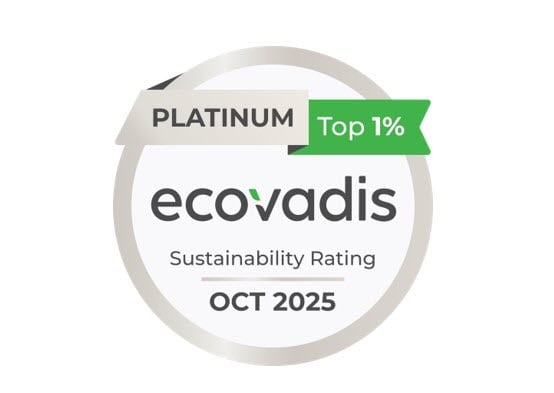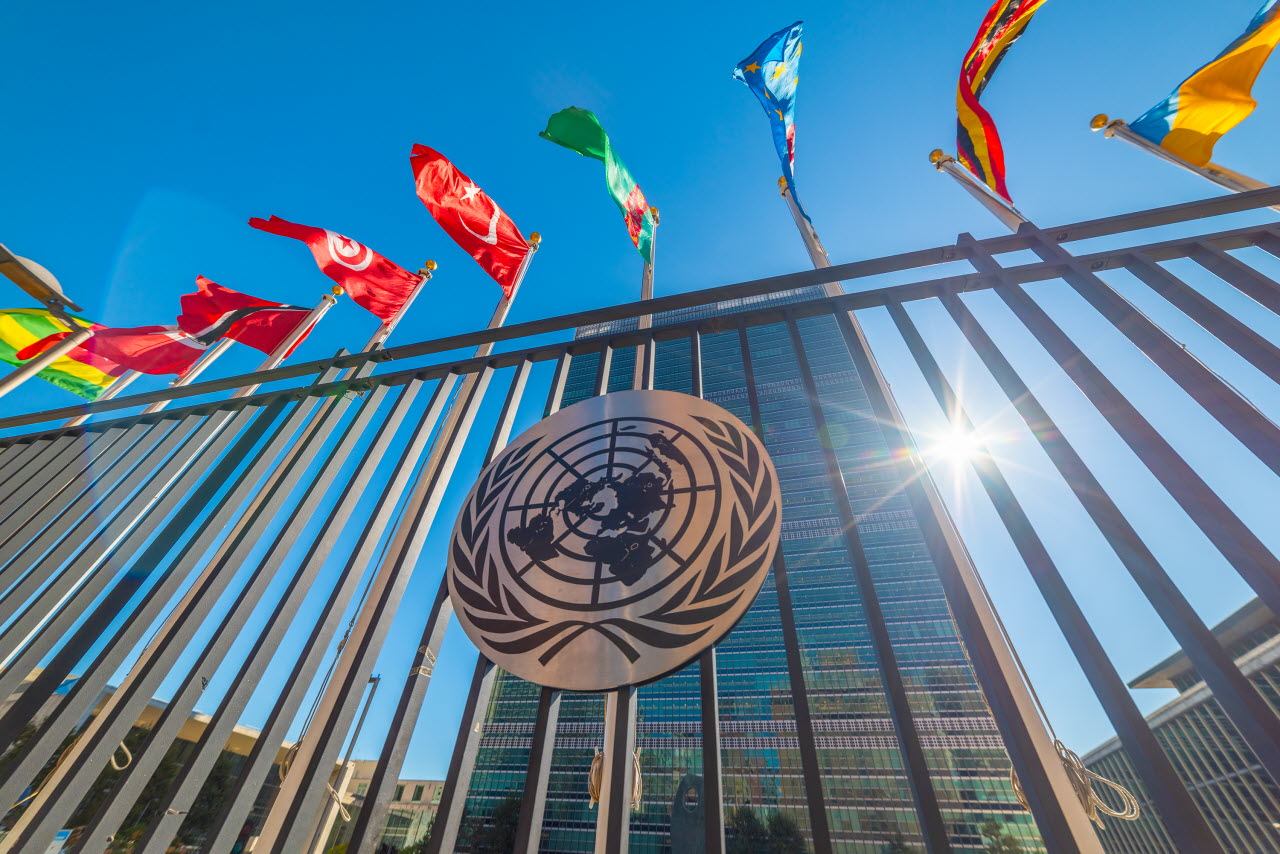The runway of the future ready for take-off at Arlanda
Paving a runway at an international airport is a massive challenge. Doing it sustainably is groundbreaking. In a new collaborative project, Nynas, Skanska and Swedavia have proved it can be done. By using recycled asphalt and Nynas’ innovative binder, Nypol RE, they cut 120 tonnes of carbon dioxide emissions — without compromising the toughest performance standards.
Twenty-five years ago, Kenneth Olsson, now Asphalt Specialist at Skanska, helped pave Arlanda’s third runway. Today, he’s back in the same place with a new mission: building for sustainability.
“Polymer modified bitumen, or PMB, is a bitumen enhanced with polymers to make the asphalt more elastic, flexible and durable,” says Carl Hultin, Marketing Manager Bitumen at Nynas.
What makes Nypol RE unique is its biogenic component, which offsets the added carbon footprint from polymer modification.
“This means that one tonne of Nypol RE has the same carbon footprint as unmodified bitumen, while retaining all the performance benefits of a traditional PMB,” explains Hultin.
This spring, Skanska milled off the old asphalt at Arlanda, reused parts of it, and combined it with Nynas’ binder Nypol RE. The result: every tonne of asphalt produced carried a 20 percent lower carbon footprint.
“This project is a symbol of the circular transition our industry is undergoing. In 20 to 30 years, the next generation will carry the torch and continue our work,” says Kenneth Olsson.
Innovation built for extreme conditions
A runway at a major international airport may be the ultimate stress test for any road material. It must withstand the weight of heavy aircraft and harsh de-icing chemicals. Quality and performance can never be compromised.
That’s why rigorous testing was carried out ahead of the project, confirming that Nypol RE performs at least as well as conventional binders.
“The use of Nypol RE at Arlanda is a testament to its quality and performance, but its application isn’t limited to critical infrastructure,” says Hultin. “It can be used in any project where quality and sustainability are key, not only at airports.”
Partnership for a sustainable future
The project grew out of close partnership between stakeholders with a shared vision. Skanska, committed to net-zero emissions across its entire value chain by 2045, paired Nypol RE with up to 40 percent recycled asphalt from the old runway.
“Our goal is to transition to low-carbon construction in all our projects, and we look for partners who share our ambitions. Swedavia deserves credit for being willing to test the asphalt pavements of the future with a lower climate impact,” says Johannes Lidström, Regional Manager at Skanska Industrial Solutions. “The industry still has a long way to go to reach our goals, but this project is definitely a step in the right direction.”
Paving the way for future projects
By August, 20,000 tonnes of new, sustainable asphalt were in place, saving a total of 120 tonnes of carbon dioxide. The success at Arlanda stands as convincing proof that sustainability and performance go hand in hand.
For Kenneth Olsson and his colleagues, the new binder represents a revolution.
“This marks a major shift for our industry, giving us the ability to offer asphalt with PMB properties and a lower climate impact,” he says. “This is the future.”


